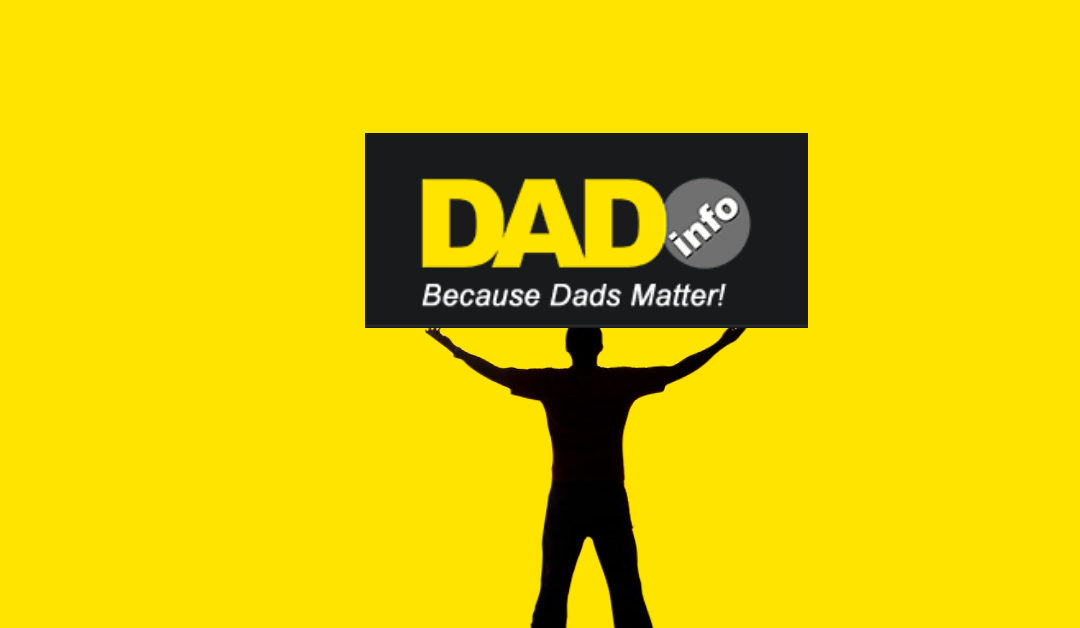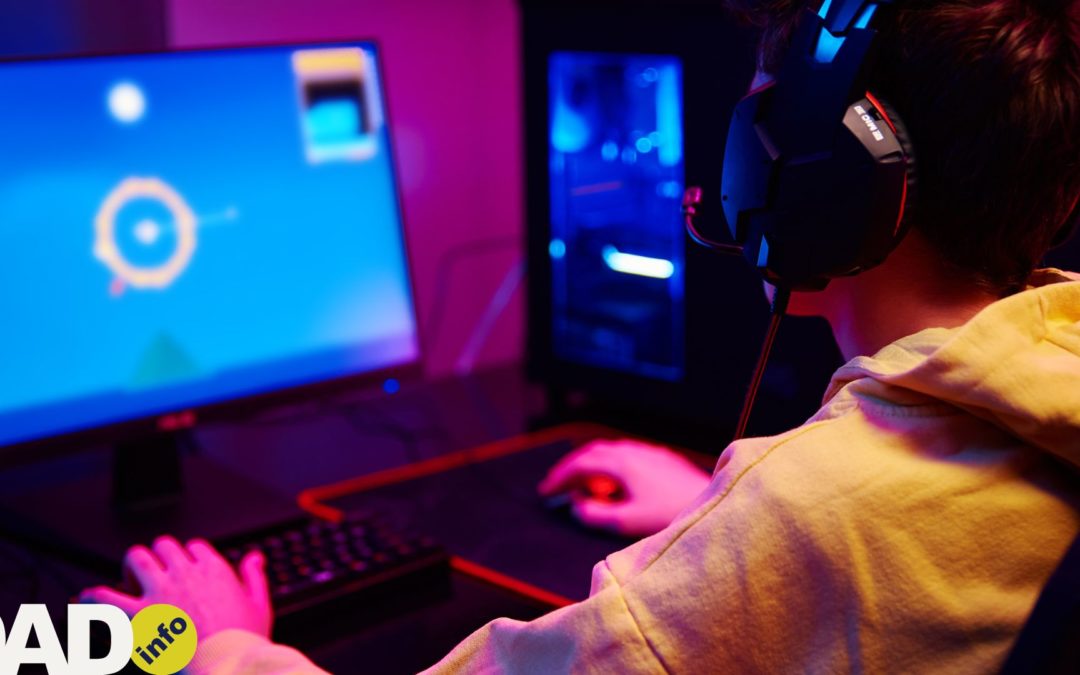They carry us everywhere, yet most of us never give our feet a second though. Here’s what you need to know out your big trotters…

Podiatrist Jake Heath gives the low-down on all things feet. “Your feet carry you and your body weight everywhere – on an average day this could be up to 10,000 steps. With so much pressure and force on your feet, it’s inevitable that things will occasioanlly go wrong. A regular check-up with a podiatrist helps to keep things moving in the right direction. These are some of the most common foot issues I often see, which could be avoided with regular check-ups. “
- Fungal nails (onychomycosis) are a nightmare to treat. If you begin to experience fungal nails, start treating it as soon as possible – the longer the fungus embeds in the nail plate the more time and effort it takes to remove. A nail takes about 9 months to grow from root to tip, so regular treatment with a topical anti-fungal nail lacquer is crucial – make this a regular routine. Alternatively, if it is already too late, you will need a trip to your podiatrist who will remove the nail and try to reboot it from scratch, but there is always a risk of the nail being permanently scarred.
- Heel Pain (Plantar fasciitis). If you wake up in the morning with painful heels, leaving you tip toeing the first few steps of the day, you could be suffering from Plantar Fasciitis. This is a form of inflammation in one of your many heel bones. There are many issues which can cause this kind of injury, such as weight, activity levels, footwear, health and fitness. Caught early, it can be resolved. A topical pain gel, such as Deep Relief can help which will help to reduce pain and inflammation. Rub on in the morning and after activity or sport, gently massaging into the arch and heel. Following this, implement a well-designed stretching programme to support the Achilles and planter fascia to help reduce tissue stress in the affected area. I would also recommend changing footwear and using a good cushioned shoe when walking for long periods of time.
- Ingrown toenails are a very common foot problem. Antibiotics will only treat the infection, but not resolve the mechanical issue of the nail edge inflaming and piercing the side of the toe, which will be causing the pain. Cutting straight across the nail will help, but leaving sharp right angles in the corners of your nails will only cause more issues. If you wear pointed shoes, or someone stands on your toe, any unfiled nail edge may pierce the skin, causing inflammation, which could lead to a painful ingrown toe nail. Cut all toenails like a thumb nail – filed at the corners with no sharp edges. If your toenails curl in and are a regular problem, a podiatrist will check your medical history is suitable and can do a simple operation which will permanently remove that part of the nail under a local anaesthetic.
- Flat feet. Collapsed arches also known as adult acquired flat foot, are formed for various reasons, but commonly due to years of walking/standing on concrete and hard flat surfaces in unsupportive flat shoes. People with a higher BMI are also more likely to develop pain in their tendons or supporting structures on the inside of the ankle. This can be helped with light stretches like heel raises and calf stretches, as well as swapping unsupportive shoes when walking/standing for long periods of time.
- Bunions. There are many causes for bunions, from genetics, foot mechanics, high heels, injury, weakness or even hyper mobility, which can all can lead to a large deformity of the big toe and its knuckle joint. Once a bunion has formed it is often a case of preventing it from getting worse, as there is no other proven effective treatment, other than visiting a surgeon. Insoles can help stabilise the joint and prevent it from getting worse, but the base cause of action is getting a correct shoe fitting and wearing appropriate shoes. If you are walking around all day, ensure you wear a good pair of shoes, and help ease sore joints after a long day with an inflammation reduction gel like Deep Relief.
- Corns and callouses. The skin on your feet is designed to go hard as a defence mechanism. If you have persistent areas of hard skin and corns, they can develop nerves and become excruciating because they are areas of high pressure and friction. This can be helped by changing types of footwear regularly and not just wearing shoes that rub the same areas of your feet. If these areas are causing you a lot of pain, visit a podiatrist to remove all the painful lesions and advise on good footwear and pressure relieving insoles.
- Achilles /calf pain. Pain in the Achilles tendon can occur a day or two after exercise. The most common cause is lack of stretching. The best remedy for this is loaded stretching or heel raises, alongside a gentle and deep tissue massage with a topical pain relief gel like Deep Relief, which can help to relieve the pain after activity and then calm any inflammation.








